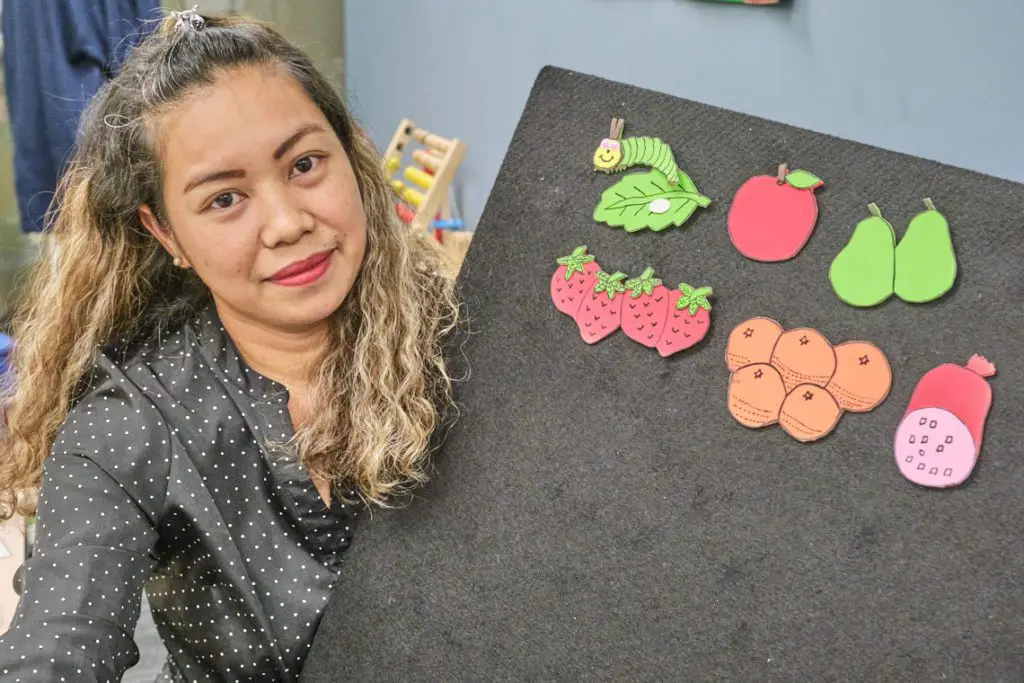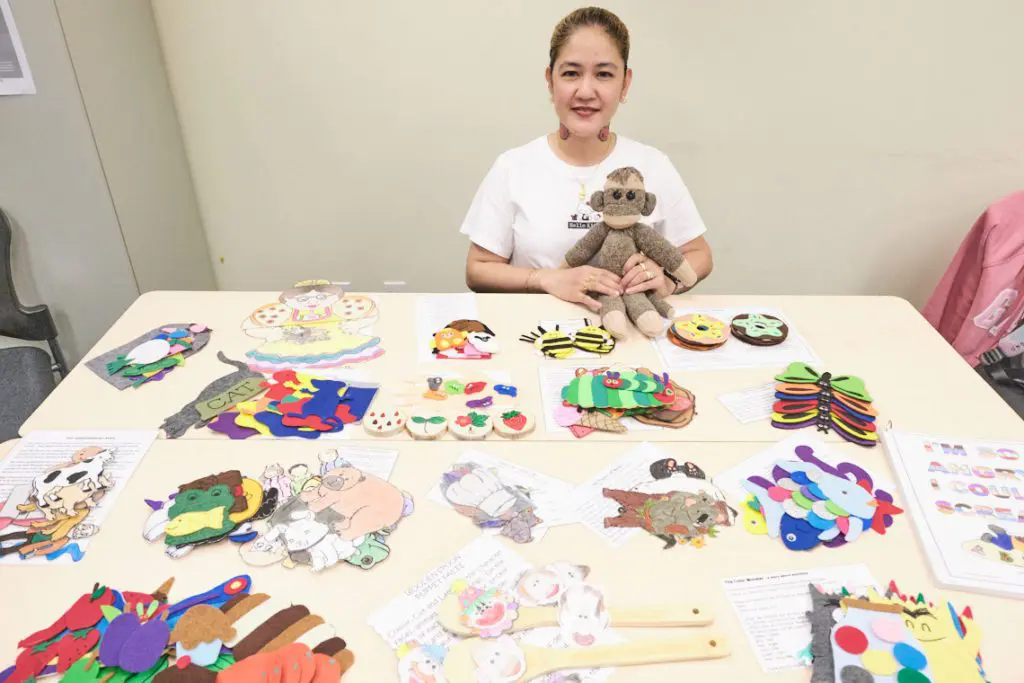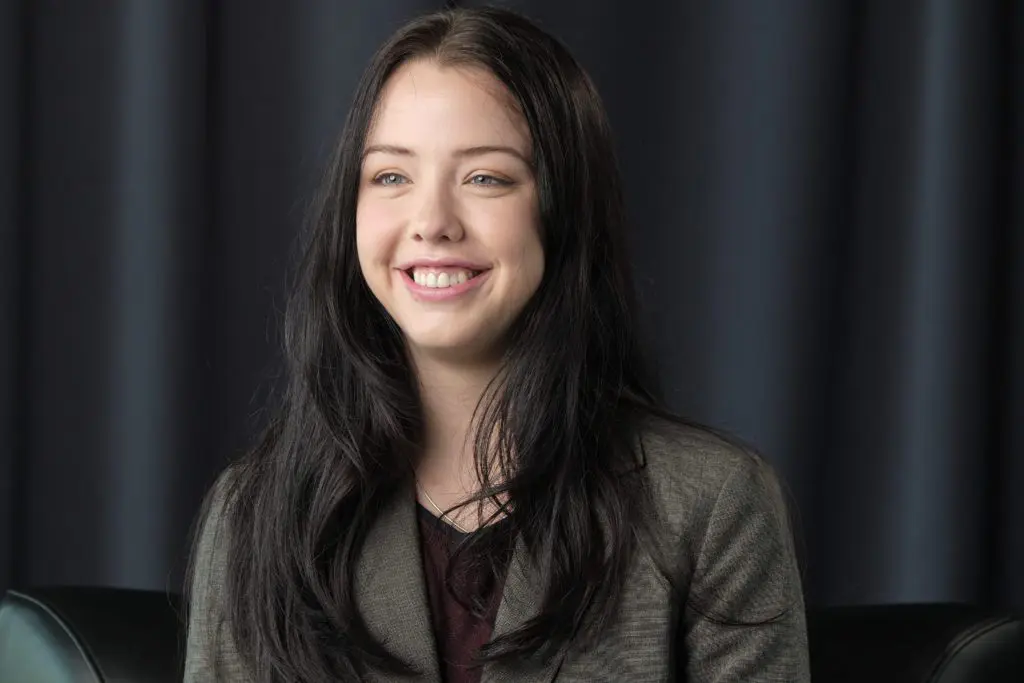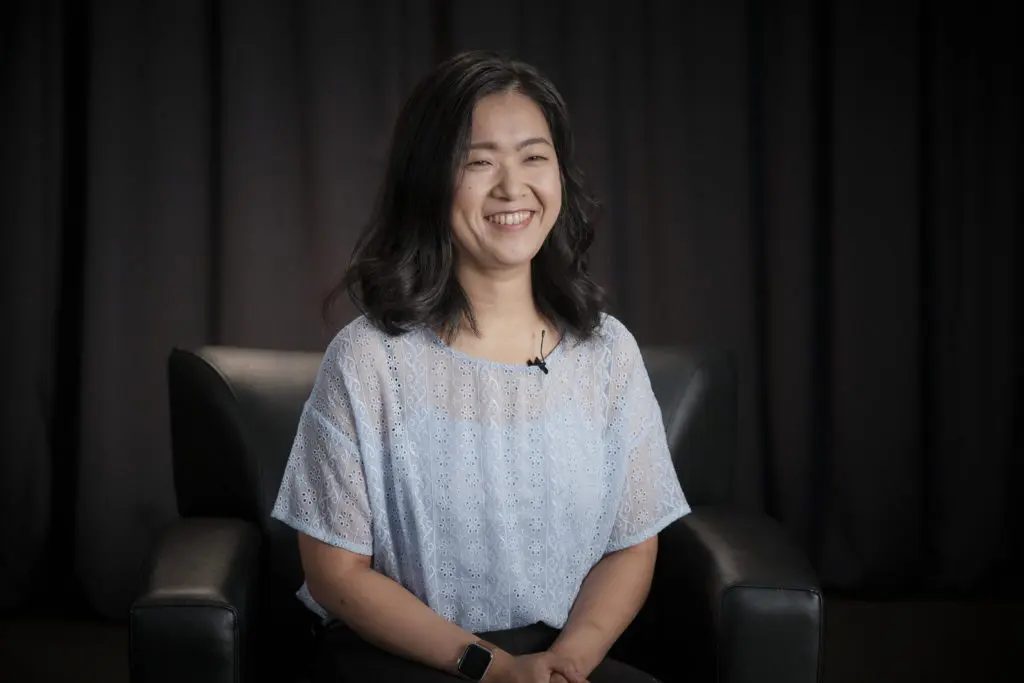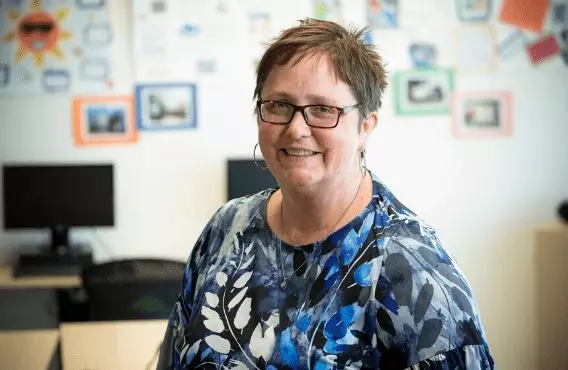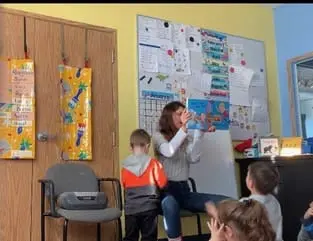For high school, college and university students, learning math can be quite intimidating, since it usually entails memorizing countless formulas and abstract rules, and knowing how to apply them to theoretical situations.
However, when it comes to teaching math to young learners, many teachers favor a more play-based approach. For instance, early childhood educators often look for opportunities to help young children learn and reflect on the math that arises during some of their everyday play and activities – which makes it easier to understand and apply new concepts.
If you are planning to enroll in early childhood education courses, or have recently started your program, read on for more tips on introducing math to children.
Early Childhood Educators Incorporate Math into Free Play
Without even realizing it, children tend to explore basic math concepts during their playtime activities. Research has shown that there are several categories of math that children often dabble in during free play. These categories include:
- Classifying
- Counting
- Exploring spatial relations
- Studying shapes and patterns
- Describing and comparing the size of objects
- Exploring dynamics
While mathematical concepts may arise naturally during playtime, it is up to an early childhood educator to point them out in simple language, so students can develop and apply their new understanding.
Asking questions and pointing out connections can help young learners realize that they’ve stumbled across math while sorting blocks, building with Lego, or dividing crayons between group mates.
Let’s say a child attempts to cover the surface of a table with newspaper and realizes that a single sheet is not big enough. An early childhood educator might ask that child to explain why this is the case. Then, he or she may inquire as to how the child will go about covering the entire table and finally, how many sheets of newspaper it will take to complete the task.
Introducing Numbers and Patterns to Young Children
The most effective way to introduce patterns and numbers to young children is to create a pattern, and then have the kids describe it using their words.
For example, an early childhood educator might clap his or her hands and stomp his or her feet a certain number of times. Research shows that young children are capable of recognizing patterns and recreating them in their own way. Therefore, if the child is asked to recreate the pattern, he or she might clap and stomp, jump and fall, or perhaps demonstrate the pattern using a combination of movements (2 claps and 3 stomps).
While recognizing patterns may be a far cry from mastering algebra, activities like these actually pave the way for young learners to understand much more complex mathematical concepts in the future.
How Organized Early Childhood Classrooms Help Kids Learn Math
Sorting is an important concept that is often taught in early childhood education. By organizing an entire room by colour, texture, size and category, educators ensure that children learn to sort and count at an early age. While they are tidying the classroom, young children are actually building math skills by developing the ability to categorize, divide, add and count.
Are you interested in pursuing early childhood education training? Visit Stenberg College for more information or to speak with an advisor.




